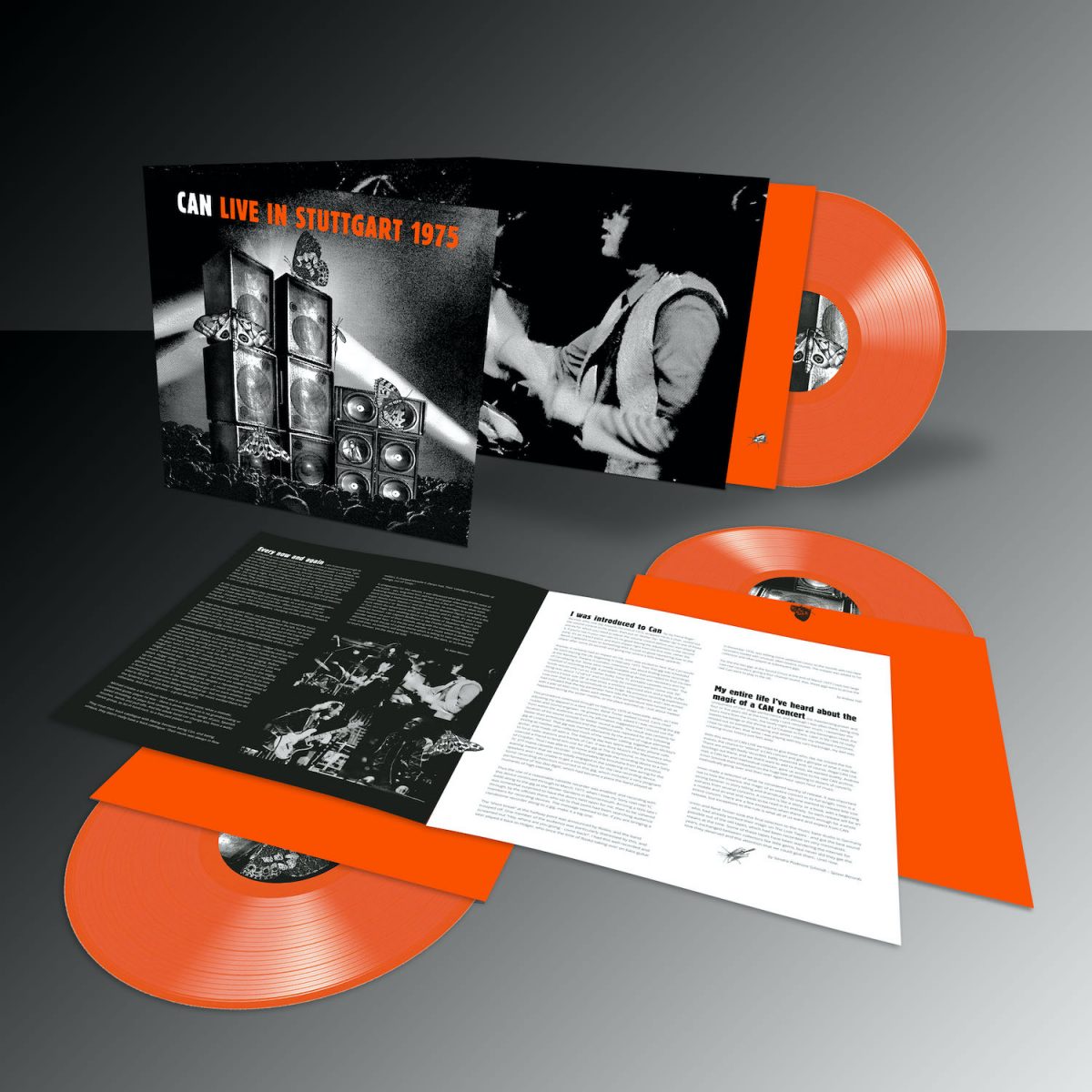
Can’s best recordings were prescient when they were made and remain nonpareil to this day. The German group arrived at its music by playing spontaneously in the studio, recording it all, then editing together the best bits. Between the late 1960s and late 1970s, this method led Can to make outstanding examples of garage punk, ethnographic exploration, free-form freakouts, ambient atmospherics and dance-floor-filling disco without ever being imprisoned by any genre’s conventions.
But the records only told part of the story, for there was nothing else in rock music like a Can concert. The band never wrote a setlist or even played its songs all the way through. Instead, Can just got up and started jamming, riding the wave of collective invention wherever it went, improvising its way from one song fragment or newly formed idea to the next. But the group’s commitment to drawing upon the formal elements of rock music set it apart from contemporary jazz or freely improvised music.
So if Can was so great live, you might be wondering, why didn’t the band release any concert recordings while it was still around? Because every time Can tried to record one, something went wrong on the technical end. Live In Stuttgart 1975 inaugurates a series of live albums drawn from audience bootlegs that were deemed to be both musically outstanding and sonically repairable. While the sound is a tad murky in places, the way it lays out Can’s onstage processes makes it essential listening.
Live In Stuttgart, which spans three LPs or two CDs, is divided into numbered tracks. Aficionados will recognize licks, melodies, grooves and complete passages drawn from familiar songs, but they’re never played straight through. Instead, the familiar elements get tossed into the pot, to be drawn or discarded in a negotiation akin to a card game. On “Zwei,” for example, drummer Jaki Liebezeit sets up the jittery groove to “Dizzy Dizzy,” a song from 1974’s Soon Over Babaluma. Bassist Holger Czukay and guitarist Michael Karoli play parts that fit with the drum pattern, but don’t reference the song.
Keyboardist Irmin Schmidt proposes a synth melody from “Bel Air” (from 1973’s Future Days), the guitar responds with a sympatico arpeggio, and the bass and drums fall in with a sped-up, uncoiling version of the tune’s rhythmic foundation. Then “Drei” begins with a tense funk groove that’s close kin to “Pinch” (from 1972’s Ege Bamyasi). Schmidt makes the concert’s sole reference to Can’s current album, the then-unreleased Landed, when by playing an electric-piano trill from “Vernal Equinox,” but the rest of the band ignores him, instead leaning into the rhythm and refining it until it’s totally unfamiliar.
From there, Can sustains a continuously morphing jam for nearly an hour, with Liebezeit’s unshakable beat keeping the music on track. It’s a hell of a ride, one which no Can fans should deny themselves.
—Bill Meyer






